The Many Benefits of Urban Gardening: Creating Healthier Cities and Communities
Jun 19, 2025
The Many Benefits of Urban Gardening: Creating Healthier Cities and Communities
As cities continue to grow, expand, and sprawl, the problems associated with food insecurity, urbanization, and the challenges of climate change persist. With this in mind, urban gardening has become a more prevalent way to bring about positive changes to our communities. Whether it is your own backyard, roof, balcony, or shared community plot, urban gardening refers to the practice of growing plants and food in urban settings. Here are just some of the many benefits of urban gardening.
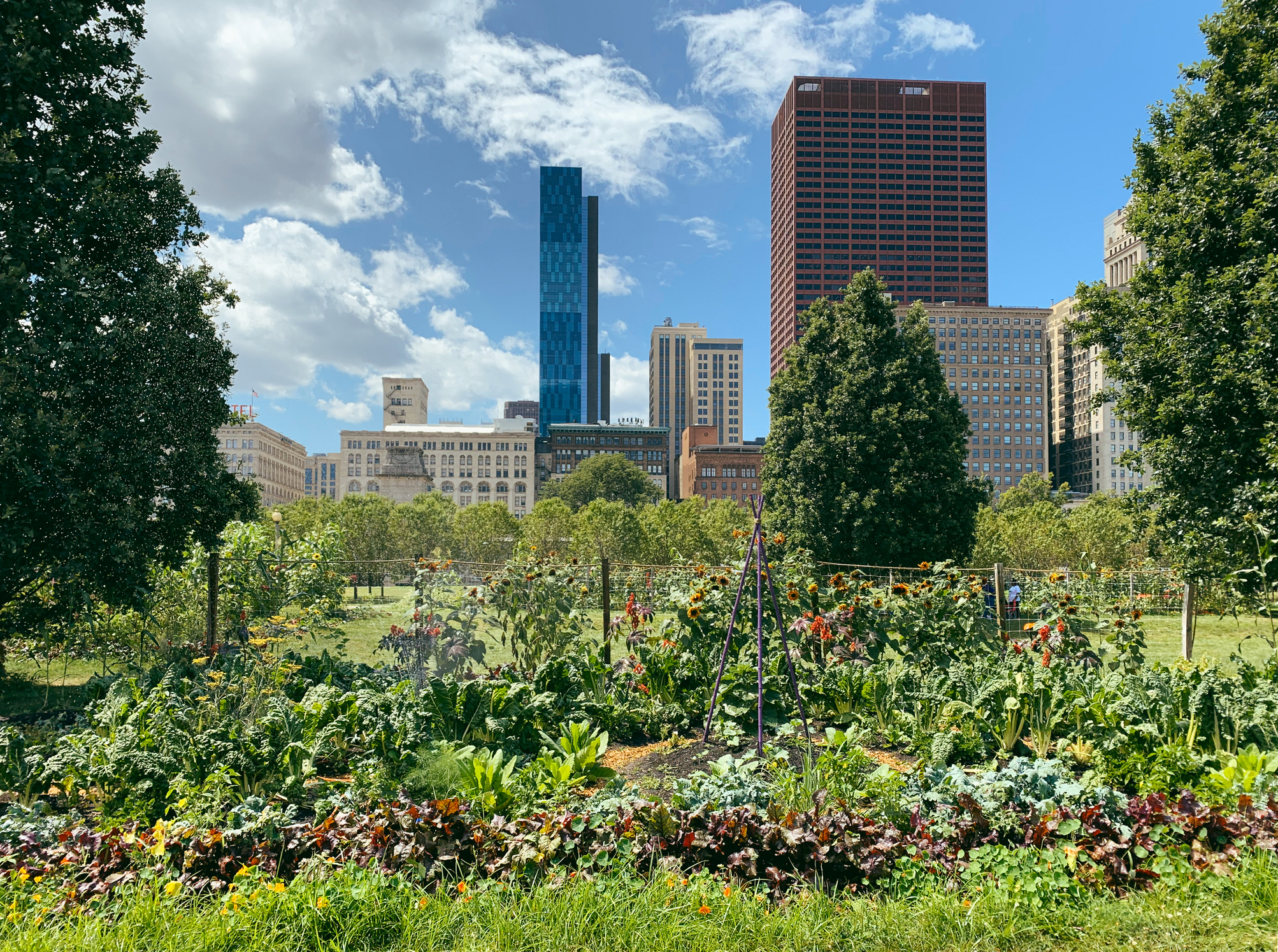
1. More Access to Fresh Produce
One of the most apparent benefits of urban gardening is access to fresh, healthy food. Urban neighborhoods in America often lack easy access to fresh, healthy food. These “food deserts” often rely on packaged, processed, and fast food, which leads to poor eating habits and overall health outcomes.
Urban gardening allows people to grow their own fruits, vegetables, and herbs, eliminating the reliance on food grown elsewhere. Community gardens provide shared plots for community members to cultivate food, giving residents a place to do so, even if they do not have their own backyard. In doing so, we not only can provide healthier diets for families, but a decreased dependence on imported produce, which adds to transportation and carbon emissions from food.
2. Environmentally Beneficial
Another advantage of urban gardening is the environmental benefits of green spaces. Green spaces, particularly plants, can cool the air around them, which can help cool down urban environments. This is known as the “urban heat island effect,” which means that urban environments are hotter than rural environments due to surfaces like concrete and asphalt retaining heat.
Urban gardens can help to cool down city environments, as they can absorb the heat from their surroundings and increase the cooling effect from their evapotranspiration. They can provide shade and protect city dwellers from harmful UV rays. Green spaces can also help filter pollution, filter rainwater, and improve air quality.
By producing oxygen and preventing flooding, these gardens can help cities combat climate change, reduce energy costs, and increase resilience to extreme weather.
3. Physical Health Benefits
Physical health is another way in which gardening can benefit people. Gardening is a form of physical activity, and is considered moderate exercise. It can improve strength, stamina, and muscle tone. When you are in nature, you can also receive increased vitamin D from the sun and improved immune function. Gardening is also beneficial for your mental health. Tending to a garden, seeing the greenery, and the effects of nurturing living things can have therapeutic effects on humans.
Urban dwellers who often do not have access to natural areas often experience higher levels of stress, which gardening can help combat. Community gardens also help combat loneliness, helping build a sense of belonging and pride in a shared environment.
4. Cost Saving
Urban gardening also has economic benefits, including savings. While it may cost money to set up a garden initially, in the long term, the benefits outweigh the cost. Homegrown food reduces grocery shopping expenses, especially when growing special or expensive foods like herbs or green leafy vegetables. Composting also saves money on disposal and water.
5. Jobs and Businesses
Not only does gardening help to save money, but it can create new jobs and opportunities for entrepreneurship. With an urban farm or community garden, youth and other people without access to traditional opportunities can find work. Gardens are also a source of income, especially when people sell their goods at local markets.
Some cities have even seen the rise of vertical farms, hydroponic farming, and rooftop gardens. Many businesses have been able to develop around these areas, providing urban employment and additional income.
6. Education
Another benefit of urban gardening is education. Urban gardens can serve as a living laboratory for kids. They can teach them about the process of biology, how ecosystems work, and about sustainability and nutrients.
School gardens can even help improve grades, encouraging children to eat healthy foods at a young age. Learning to grow food, how to take care of the soil, how to plant, and using organic practices can be helpful skills for people to learn, fostering self-sufficiency and knowledge about the origins of food.
Many community gardens also have workshops, courses, and volunteer opportunities to learn and develop. It can be a source of life-long learning, whether you are a parent, a student, or a person just looking to become more knowledgeable about plants.
7. Bringing People Together
Urban gardens also bring people from different backgrounds together to collaborate and communicate. Urban gardens provide a shared goal for all members, bringing people together. Gardens can help break down barriers between people and allow people to collaborate on a project. In areas where social cohesion may be low, urban gardens can become neutral spaces that can help build social bonds and relationships between people.
Urban gardens are often focal points for the community, helping plan festivals, celebrations, and other events. Urban gardens can also help communities work together and can help empower communities to participate in civic life.
By getting involved, residents can have a voice in land use and how to make their city a more sustainable place to live. Underrepresented groups can also feel a sense of empowerment to make changes in their environment, rather than being left out.
8. Beautifying the City
Gardens also provide beauty and appeal to cities, beautifying the urban environment. From flower beds to herb spirals and vertical gardens, they can turn barren, unused spaces into gardens. This also helps to reduce vandalism, as well as increase real estate value.
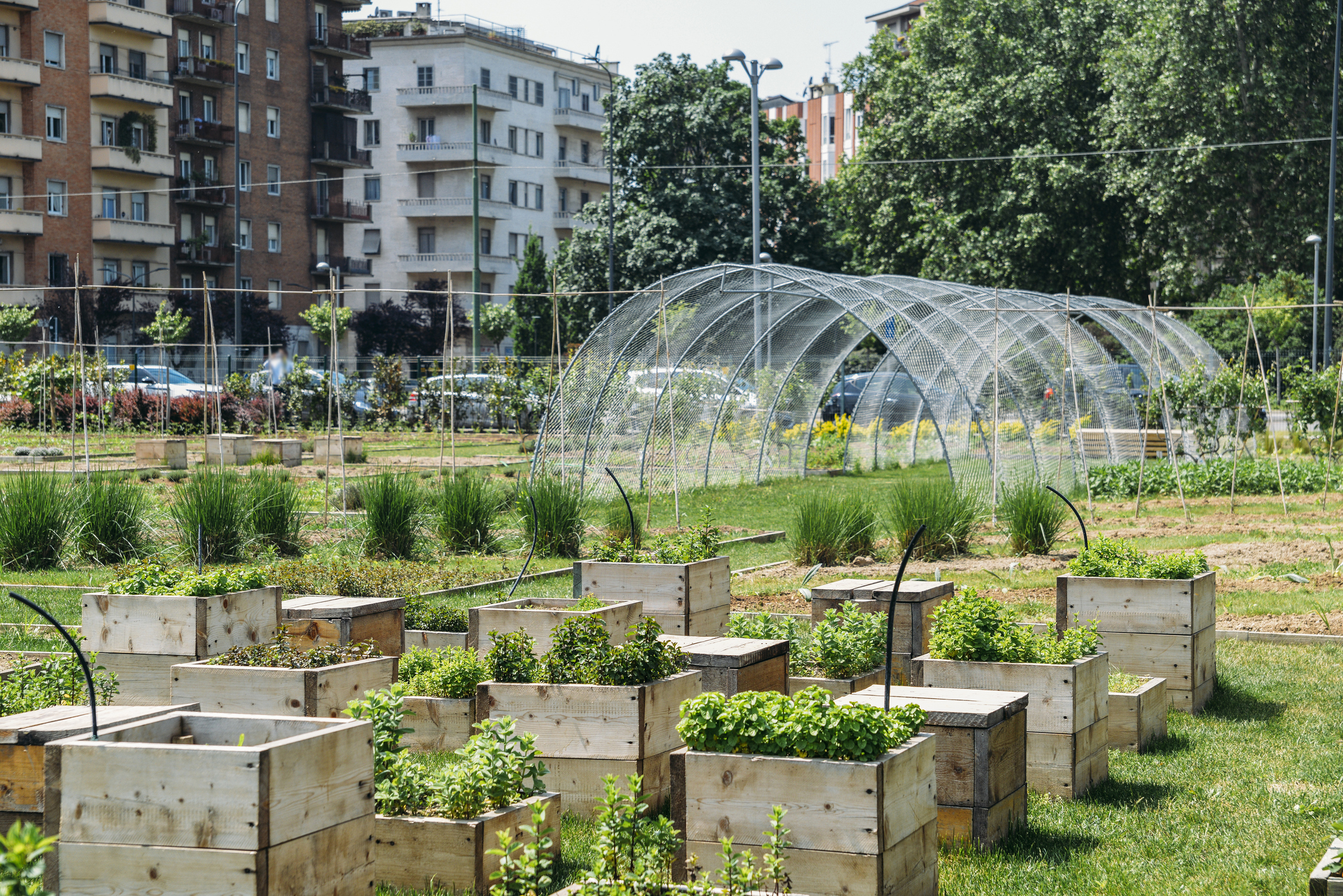
Urban gardens can also be representative of the community. Immigrant communities can grow foods from their country of origin, bringing traditional foods and culture to their community.
Ultimately, urban gardening can provide benefits to our urban communities. It can help combat the issue of food insecurity, help the environment, aid in physical and mental health, and create opportunities for economic growth. As cities grow, it is vital to incorporate more green spaces into our urban design. From your own backyard to community gardens, rooftop farms, and hydroponics, urban gardening is how to bring life back to our cities.
Get involved in your own garden, even if it’s on your balcony or window. Be a part of the change and help make our communities healthier, more resilient, and more diverse.

 Native Ferns
Native Ferns
 Native Mosses
Native Mosses
 Native Perennials
Native Perennials
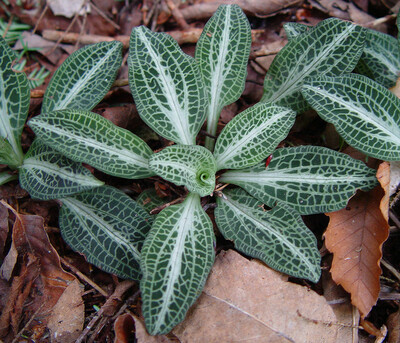 Native Ground Covers
Native Ground Covers
 Native Trees
Native Trees
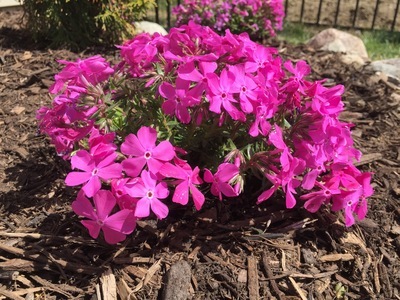 Shop By Zone
Shop By Zone
 Flowering Groundcovers
Flowering Groundcovers
 Evergreen Groundcovers
Evergreen Groundcovers
 Pollinators
Pollinators
 Shop Bloom Color
Shop Bloom Color
 Perennials By Zone
Perennials By Zone
 Medicinal Herb Plants
Medicinal Herb Plants
 Spring Bulbs
Spring Bulbs
 Trillium
Trillium
 Ferns for Zone 3
Ferns for Zone 3
 Ferns for Zone 4
Ferns for Zone 4
 Ferns for Zone 5
Ferns for Zone 5
 Ferns for Zone 6
Ferns for Zone 6
 Ferns for Zone 7
Ferns for Zone 7
 Ferns for Zone 8
Ferns for Zone 8
 Christmas bows
Christmas bows
 Fresh Wreaths
Fresh Wreaths
 Garlands
Garlands
 Large Pine Cones
Large Pine Cones
 Live Mistletoe
Live Mistletoe
 Moss
Moss
 Shop Trees By Zone
Shop Trees By Zone
 Tree Seedlings
Tree Seedlings
 Fast Growing Trees
Fast Growing Trees
 Pine Trees
Pine Trees
 Live Stakes
Live Stakes
 Evergreens
Evergreens
 Cactus
Cactus
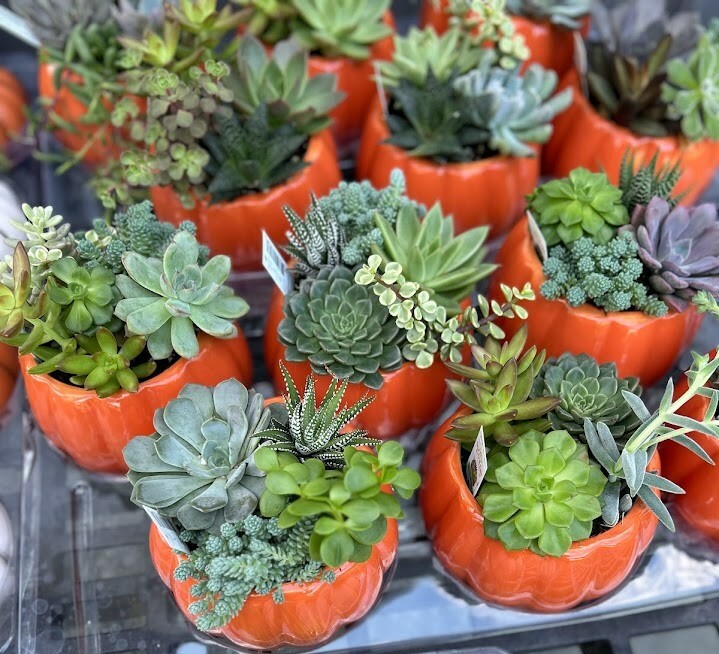 Combos
Combos
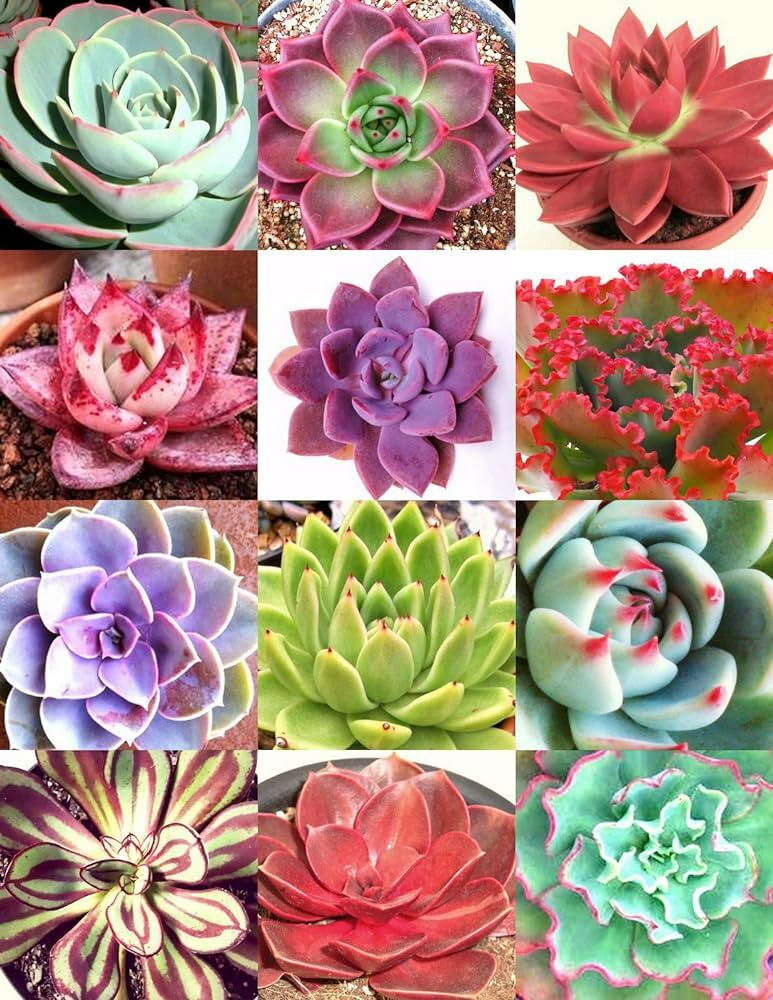 Echeveria
Echeveria
 Haworthia
Haworthia
 Sedum - Stonecrop
Sedum - Stonecrop
